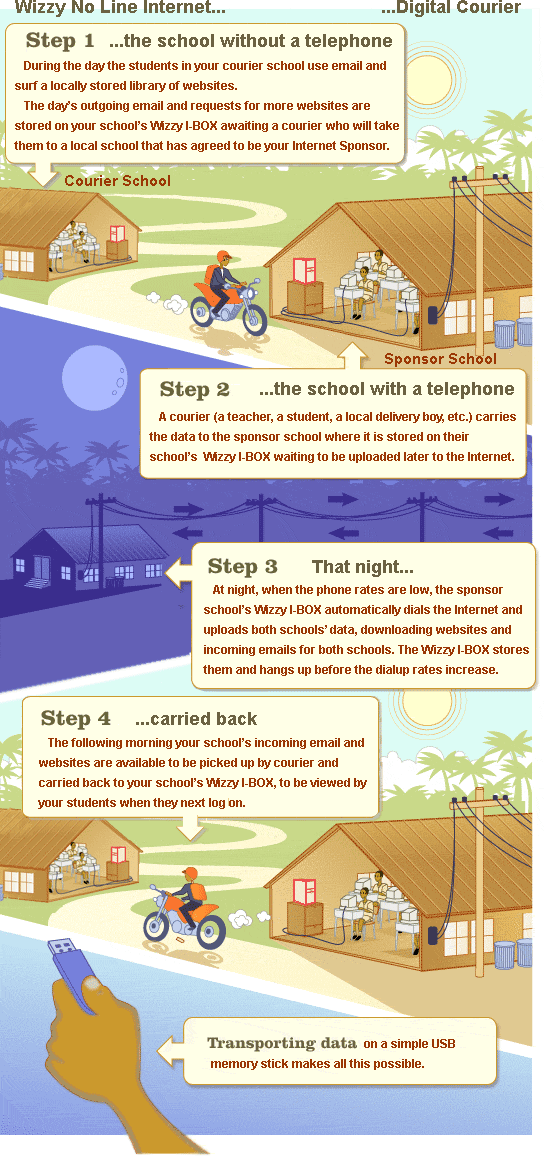The Digital Divide - A2 clarkm
The Digital Divide - A2 clarkm
Last modified by Hal Eden on 2010/08/20 11:06
The Digital Divide
The term "digital divide" refers to the divide between people with access to computers and the internet and people without. My understanding of the digital divide deals with the lack of knowledge required to use computers and the internet effectively, rather than the lack of infrastructure. Currently I work as a customer service representative at a local ISP, helping people who do not have enough understanding of technology to accomplish tasks. Frequently their lack of knowledge is compounded by feelings of inadequacy; they believe that a smarter person would have already learned the information they now need. Just as Shneiderman[1] recommends that engineers never refer to a user as "stupid," I think it is important to assure people that their lack of technological knowledge is not innate, but can be remedied by spending more time using technology. That it is frustrating to do so reflects badly on designers, not on users.Inadequate Internet Connectivity
One aspect of the digital divide is the lack of adequate internet connectivity in countries with poor infrastructure. For example, Saif et al. (2007) say that low internet bandwidth in Pakistan is not a "last mile problem" of splitting connectivity from trunks to the many indidual users, but is instead a problem of overloaded upstream connections at the ISPs. They propose a peer-to-peer system, using BitTorrent to allow users to download files from one another instead of from the internet. This system allowed users to achieve a peer-to-peer dialup bandwidth of 32kb/sec when "bandwidth allocated by various dialup ISPs rarely exceeded 15kb/sec."[2] Another solution is for use in countries where phone lines are either not common, or are too expensive to be used for internet access during peak hours. The Wizzy project creates internet connections for schools in these situations. In the case of a school with no phone line, Wizzy sets up a connection by collecting queries for internet data, and then carrying the queries by courier (on a USB stick) to a sponsor school with an internet connection. At the sponsor school, the data is downloaded, and the results are returned to the school with no connection by courier the next day. #bubblec('Image courtesy of Wizzy Digital', 'This is not only the first image in a students response, but also a really interesting project.') [3] Neither of these solutions would work in a country without power and telephone lines, but I think that even a country with no infrastructure could achieve access. It would be possible to create a free-standing internet cafe powered by solar panels and connected via satellite. It would be possible to recharge a laptop battery with a small generator, possibly one powered by bicycle, water, solar, or wind.
Neither of these solutions would work in a country without power and telephone lines, but I think that even a country with no infrastructure could achieve access. It would be possible to create a free-standing internet cafe powered by solar panels and connected via satellite. It would be possible to recharge a laptop battery with a small generator, possibly one powered by bicycle, water, solar, or wind.
